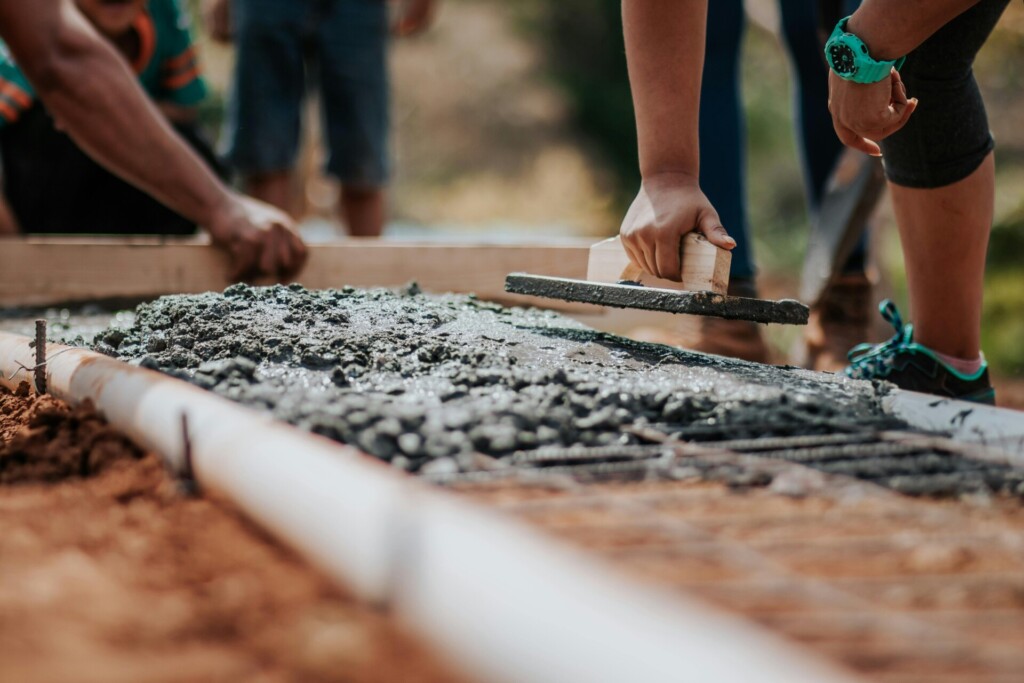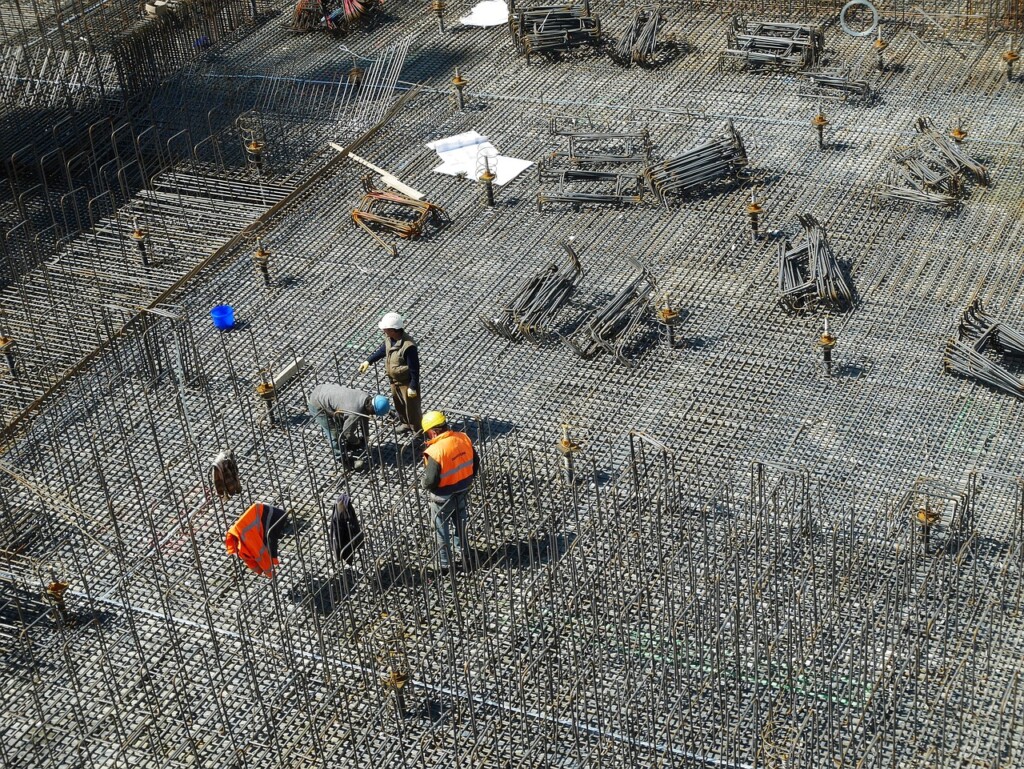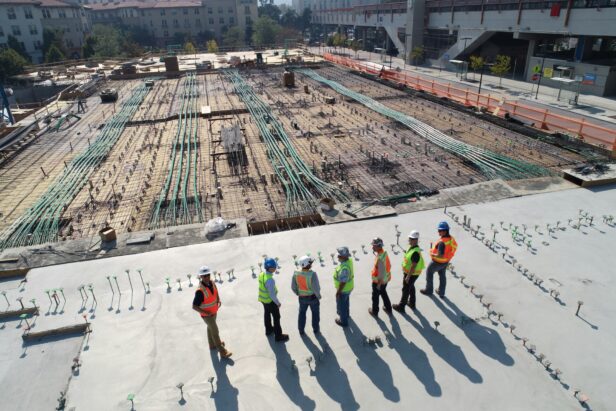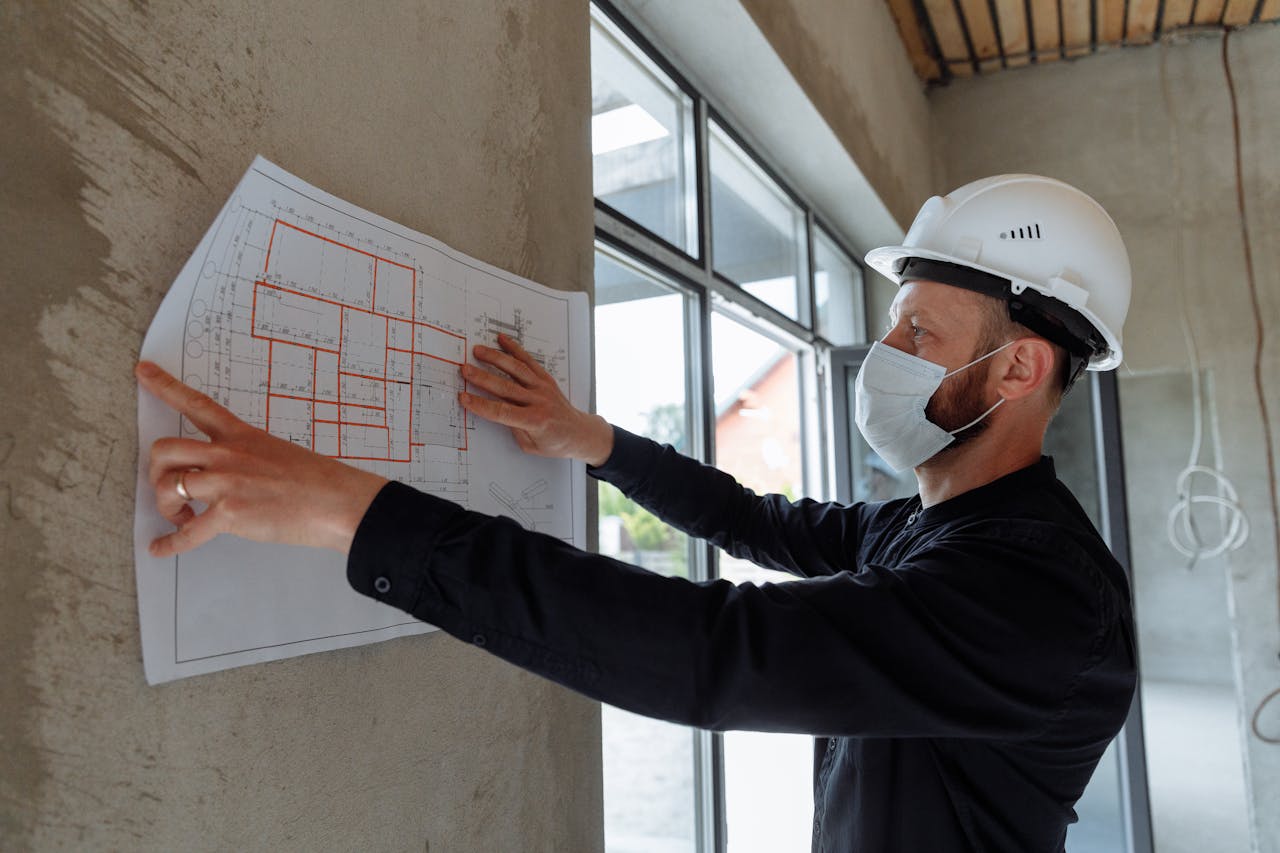Construction site preparation is the critical first phase that sets the stage for everything that follows. As general contractors, we understand that proper site prep lays the literal and figurative foundation for a successful build. This crucial work involves evaluating the land, addressing any issues, and creating a solid base before construction can begin in earnest.
When we start a new project, our site preparation process typically includes surveying the area, testing soil conditions, clearing obstacles, grading the terrain, and establishing proper drainage. The care and thoroughness we apply at this stage often determine how smoothly the rest of the construction will proceed. That’s why we collaborate closely with specialized site prep contractors to ensure no detail is overlooked.
While it may not be the most glamorous part of construction, site preparation is essential for mitigating risks, improving efficiency, and ultimately delivering a high-quality finished product to our clients. By investing time and resources in preparing the site, we create the optimal conditions for bringing the project vision to life.
What Are the Essential Steps in Site Surveying and Testing?

Site preparation is a critical phase that lays the groundwork for successful construction. We begin this process with two fundamental steps: site surveying and comprehensive soil testing. These early evaluations provide crucial data that inform our entire approach to the project.
Site Surveying
Our first task is to engage a professional surveyor to meticulously map the construction area. This detailed survey accomplishes several key objectives:
- Precisely delineates property boundaries
- Measures distances from existing structures
- Identifies any easements or encroachments
- Documents topographical features that may impact construction
This surveying data becomes the foundation for our site plans and helps ensure we’re working within legal and physical constraints.
Soil Testing
With the site mapped, we move on to rigorous soil testing. This step is crucial for understanding the ground conditions we’ll be working with. Our soil testing regimen typically includes:
- Percolation tests to assess water drainage capabilities
- Geotechnical investigations to determine soil bearing capacity
- Analysis for expansive clays or other problematic soil types
- Evaluation of soil composition and stability
These tests provide invaluable insights into potential challenges we may face during construction. For instance, discovering expansive clays early allows us to adjust our foundation design to mitigate the risk of structural damage from soil swelling.
Expert Analysis and Recommendations
Once we’ve gathered this wealth of site and soil data, we bring in a professional soil engineer to analyze the findings. This expert can provide tailored recommendations for:
- Optimal foundation design based on soil bearing capacity
- Necessary soil treatments or amendments
- Drainage solutions to prevent water accumulation
- Excavation and grading strategies
By investing time and resources in thorough site surveying and soil testing, we significantly reduce the risk of encountering costly surprises later in the construction process. This upfront diligence allows us to develop a construction plan tailored to the unique characteristics of each site, ensuring a more efficient build and a sturdier, longer-lasting structure.
How Should You Approach Site Clearing and Design Planning?
At EB3 Construction, we understand that effective site clearing and design planning are essential for a successful project. After completing initial site assessments and soil testing, we proceed with a systematic approach to prepare the site and create a comprehensive design plan.
Site Clearing: Creating a Clean Slate
Our site clearing process is thorough and methodical. We start by removing existing structures, vegetation, and any underground obstacles that could hinder construction. This involves carefully demolishing old buildings, excavating tree stumps and root systems, and clearing brush and debris. Our teams use specialized equipment to clear the site efficiently while minimizing disruption to the surrounding areas.
During site clearing, we establish a rough grade—a preliminary contour of the land that approximates the final elevations. This step helps us visualize how water will flow across the site and identify any potential drainage issues early in the process. Proper grading is crucial for preventing water accumulation and soil erosion once construction begins.
Developing a Detailed Site Plan
With the site cleared, we transition to the critical design planning phase. We collaborate with professional land surveyors to create a comprehensive site plan, also known as a plot plan. This document serves as the blueprint for all construction activities, clearly defining:
- Precise positioning of buildings and structures
- Layout of roads, parking areas, and sidewalks
- Locations of utilities and service connections
- Planned landscaping features and green spaces
- Accurate property lines and setbacks
The site plan goes beyond just showing where things will be placed. It incorporates critical measurements, indicating exact distances between structures and property boundaries. This level of detail ensures compliance with local zoning regulations and building codes from the start.
Bridging Concept and Execution
Our approach to design planning doesn’t just produce a static document. We use the site plan as a dynamic tool to visualize the completed project and optimize the construction workflow. By carefully considering factors like material staging areas, equipment access routes, and temporary facilities, we create an efficient site layout that supports smooth operations throughout the build.
This planning stage allows us to anticipate and address potential challenges before breaking ground. We can identify conflicts between different building systems, optimize the placement of utilities, and ensure that the site design aligns perfectly with the architectural and engineering plans.
Collaboration and Communication
Throughout the site clearing and design planning process, we maintain open lines of communication with project stakeholders. We work closely with architects, engineers, and local authorities to ensure that our site preparations align with the overall project vision and meet all regulatory requirements.
By taking a meticulous approach to site clearing and design planning, we create a solid foundation for the entire construction process. This upfront investment in thorough preparation pays off in terms of smoother execution, fewer unexpected issues, and ultimately, a higher quality finished product.
As we move from planning to execution, our carefully developed site plan becomes the roadmap guiding every aspect of construction. This seamless transition from concept to reality is a hallmark of EB3 Construction’s approach to successful project delivery.
What Does Proper Grading and Utility Installation Involve?

Grading and utility installation are critical steps undertaken before starting construction. Once all necessary permits are secured, our crews begin excavating to establish the proper site elevations for foundation work. This often involves removing or adding soil to achieve the desired grade and ensure effective drainage away from the future structure.
In many cases, additional fill material is needed to reach the required elevations. However, simply dumping fill isn’t sufficient—proper compaction is essential. We meticulously compact all fill material in layers according to soil engineer specifications, typically aiming for at least 95% compaction. This prevents future settlement issues that could compromise the building’s structural integrity.
As grading work progresses, we simultaneously coordinate utility installation. This requires careful planning and collaboration with utility professionals to identify and work around existing power, water, gas, and telecommunications lines. Safety is paramount when excavating near live utilities. We obtain all required permits for extending services to the site and work closely with local utility companies.
Before connecting new systems, we evaluate existing utility infrastructure to confirm it can handle the additional loads from the new development. This may involve upgrading transformers, water mains, or other components. Our goal is to deliver a fully-prepared site with robust utility connections ready to support construction.
Throughout the grading and utility installation process, we maintain a focus on drainage. Proper site drainage is crucial for the long-term performance of any structure. We carefully shape the terrain to direct water away from building foundations, parking areas, and other sensitive zones. This often involves installing storm drains, culverts, retention ponds, or other drainage features as needed.
By taking a meticulous approach to grading and utility work in these early stages, we establish a solid foundation—both literally and figuratively—for successful construction. While much of this preparation work ends up buried underground, it plays a significant role in determining a project’s ultimate success.
What Safety and Environmental Controls Should Be Implemented?
Proper site preparation involves implementing comprehensive safety and environmental controls. We establish robust site security with perimeter fencing, locked gates, clear signage, and adequate lighting. This approach not only protects workers and equipment but also prevents unauthorized access that could lead to accidents or liability issues.
To protect the surrounding environment, thorough erosion and water runoff control measures are essential. We install silt fences along the site perimeter and use biobags or other absorption materials in key drainage areas. These controls keep soil and potentially contaminated water on-site, safeguarding nearby properties and waterways.
Within the site, clearly designated areas for material storage, vehicle parking, and worker assembly points are established. This organizational approach enhances both safety and operational efficiency. Proper material storage prevents hazardous spills or dangerous instability, while defined parking and assembly areas reduce the risk of vehicle-pedestrian accidents.
We also identify and clearly mark emergency procedures and communication systems throughout the site. This includes evacuation routes, muster points, locations of first aid kits and fire extinguishers, and contact information for site supervisors and emergency services. Ensuring all workers can quickly access this critical information can save lives in an emergency situation.
By implementing these preventative measures, we not only ensure regulatory compliance but also significantly enhance overall project safety, efficiency, and environmental protection. Our experience shows that investing time and resources in proper controls at the outset pays dividends throughout the construction process by reducing accidents, environmental incidents, and potential work stoppages.
Conclusion: Ensuring Complete Site Preparation

A comprehensive construction site preparation checklist is essential for project success. As the general contractor, we typically allocate 1-2 months to thoroughly complete all necessary site preparation tasks. This upfront investment of time and resources pays dividends throughout the project lifecycle.
By methodically working through site surveying, soil testing, clearing, planning, grading, and utility installation, we establish a solid foundation for the entire construction process. Our thorough preparation prevents costly delays and potential structural issues down the line. Just as importantly, it ensures full compliance with safety regulations and environmental requirements from the outset.
Proper site preparation is crucial for influencing the overall quality, timeline, and budget of a building project. The groundwork laid during this phase directly impacts construction efficiency, structural integrity, and long-term performance of the finished structure. For developers and property owners, partnering with an experienced general contractor who prioritizes comprehensive site preparation is key to achieving desired project outcomes.
At EB3 Construction, we leverage decades of expertise to deliver meticulous site preparation that sets the stage for smooth, successful projects. Contact our team to discuss how our proven site preparation process can benefit your next development.




